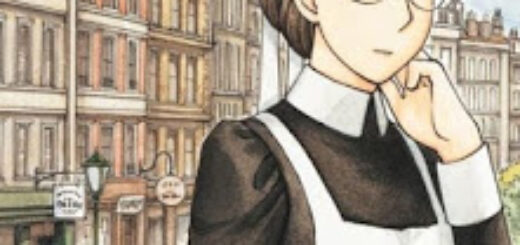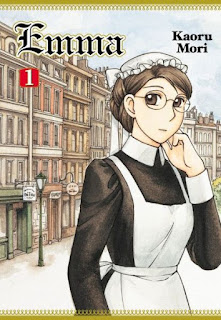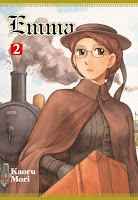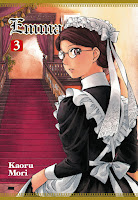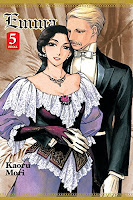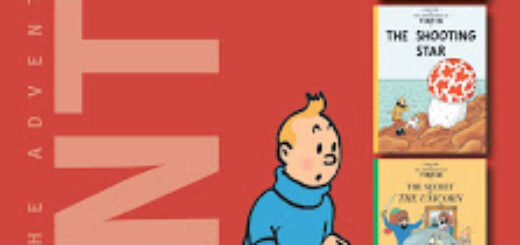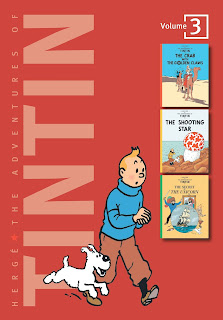Berlin, Book Three: City of Light by Jason Lutes
I keep hitting reading roadblocks, no matter what I do. I used to have a life with a lot of dedicated time for reading and eyes that could stare at pages of text for hours on end, but the past decade has repeatedly broken all of my reading mechanisms, culminating in the minor apocalypse of the past two years. I went from reading 433 books in the Book-A-Day year of 2018 to, um, 43 the year afterward. And 2020 could possibly be even worse.
On top of that, I keep finding new things to stymie me. For example, who would predict that a graphic novel about Berlin sliding into fascism, intolerance, and sectarian violence in the early ’30s would be so resonant, and unpleasant, in 2020?
I’m sure Jason Lutes, planning out this giant project back in 1996, would have expected and wanted modern history to go differently, but, as it is, Berlin Book Three: City of Light is immediately relevant to 2020 in ways that are deeply dispiriting and depressing.
Worse for me, the fact that this is the third of three books collecting a story that has been running for over twenty years — and the fact that Lutes uses a naturalistic style and doesn’t go out of his way to introduce characters that I last saw in a book I read in 2008 (see my review on ComicMix) — means that I only have a vague sense of who these people are and what they’re doing. It’s a couple of years later in their own lives as well, since Light is set in 1933 and Smoke was mostly set in 1930.
So I respected City of Light and I appreciated City of Light but I had the damndest time getting myself to read City of Light. I don’t want to see characters I like struggling as their society plunges into a totalitarian hellhole. (If I want that, I can just read Twitter.)
And let me say explicitly what I alluded to in my review of City of Smoke and what Lutes never says, but hangs ominously over the whole enterprise: every character we like in Berlin is probably doomed. They will all be killed by the Nazis, one way or another, sooner or later.
That’s what Berlin is about. How fascism smashes norms, destroys lives, agitates its followers and gets them to do the unspeakable in the name of blood and country. It’s a powerful message, especially in 2020, but I don’t want to read about it right now.
The way to read Berlin now is to get the big single-volume edition and run right through it — that will solve my problems of character identification. The other problems, I hope, will start to be solved on November 3rd, and not by a book.
![]()
![]()
Reposted from The Antick Musings of G.B.H. Hornswoggler, Gent.

















